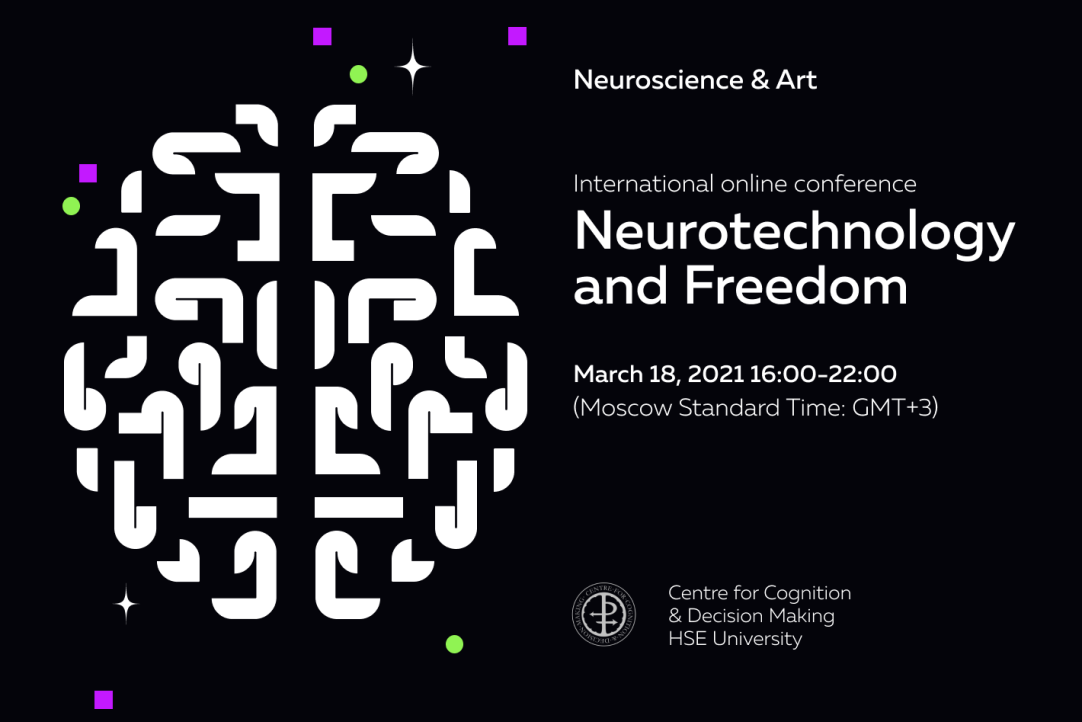Международная онлайн-конференция "Neuroscience & Art"

Международная онлайн-конференция "Neuroscience & Art" состоится 18 марта в 16:00-22:00 (Московское время: GMT+3)
Ученые, философы и художники обсудят этические, социальные и правовые вопросы, связанные с развитием нейротехнологий.
Темы дискуссии:










